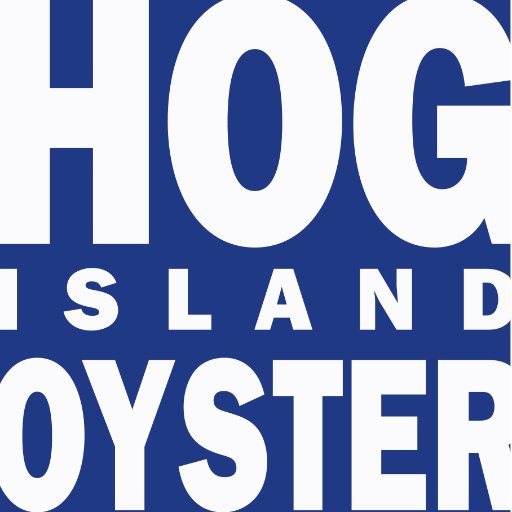Humboldt Bay is now home to one of the most advanced ocean chemistry monitoring instruments in the world.
On May 14, Oregon State University oceanographer Burke Hales joined California Sea Grant and Humboldt State University researchers to install his namesake invention, the “Burke-o-Lator,” at the Hog Island Oyster Company’s new hatchery on Humboldt Bay in northern California. It is the third such device to be set up in the state.
The new instrument will monitor how the seawater chemistry in Humboldt Bay is being altered by ocean acidification: as the concentration of carbon dioxide (CO2) in the atmosphere increases, some of that CO2 dissolves into the ocean which makes the seawater more acidic. Ocean acidification is bad news for shellfish like oysters and mussels that build their shells out of acid-sensitive calcium carbonate—and also for shellfish farmers like Terry Sawyer, co-owner of Hog Island Oyster Company, whose livelihoods depend on healthy oysters.
In Humboldt Bay, researchers suspect that the healthy eelgrass beds—which make up nearly half of the remaining eelgrass in California—may be reversing ocean acidification within the Bay to some extent by taking up dissolved carbon dioxide. The Burke-o-Lator will provide continuous data that will help researchers better understand the role of eelgrass. It will also be useful for oyster growers, who can use the data to protect their product.
Unlike other oceanographic sensors that measure only acidity (pH), the Burke-o-Lator measures additional factors that can be used to determine the carbonate saturation state of seawater. Carbonate saturation state is a measure of how difficult it is to build and maintain shell—directly related to the growth and development of shellfish.
The new sensor will help fill a gap in a network of ocean monitoring stations from California to Alaska; the closest Burke-o-Lators are 300 miles north at the Whiskey Creek Shellfish Hatchery on Netarts Bay, Oregon, and 200 miles to the south at Hog Island Oyster Company’s farm in Marshall, California on Tomales Bay. Once the new Burke-o-Lator is fully operational, the data will be made publicly available in real-time via the Central and Northern California Ocean Observing System (CeNCOOS) website.
To read the entire news release from Humboldt University, visit: http://now.humboldt.edu/news/state-of-the-art-ocean-chemistry-monitoring-comes-to-humboldt-bay/.
Source: NAA



Recent Comments